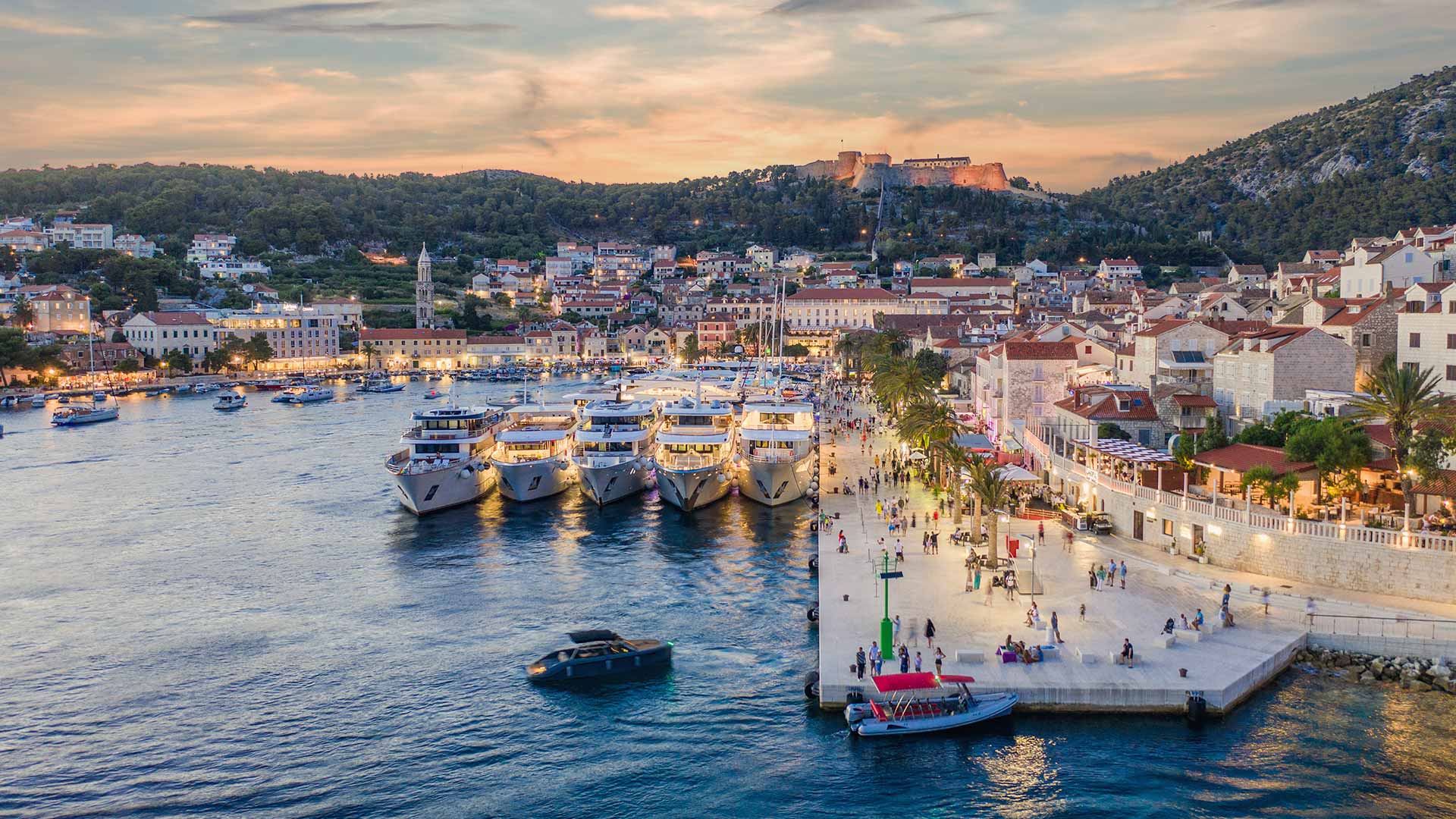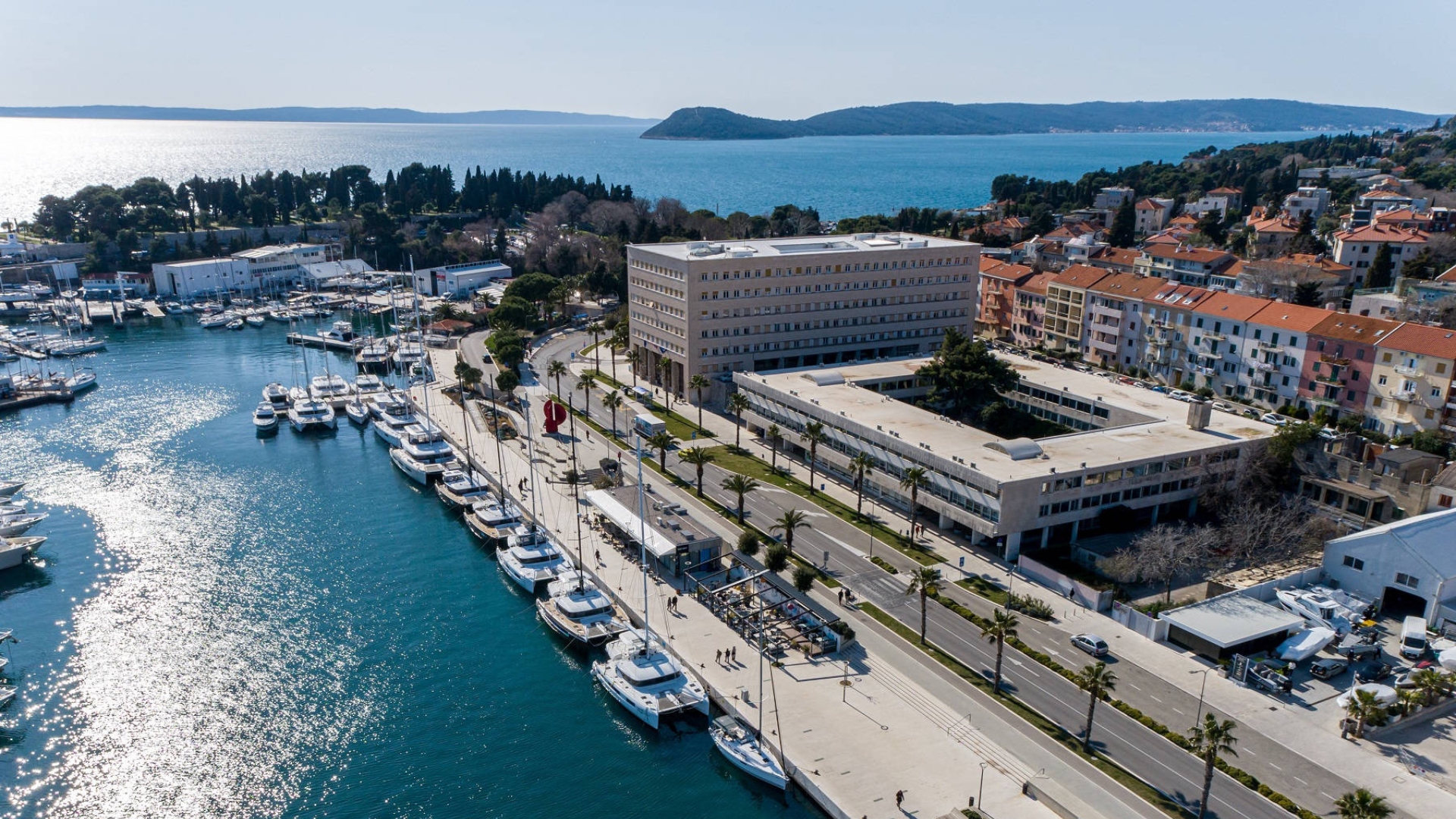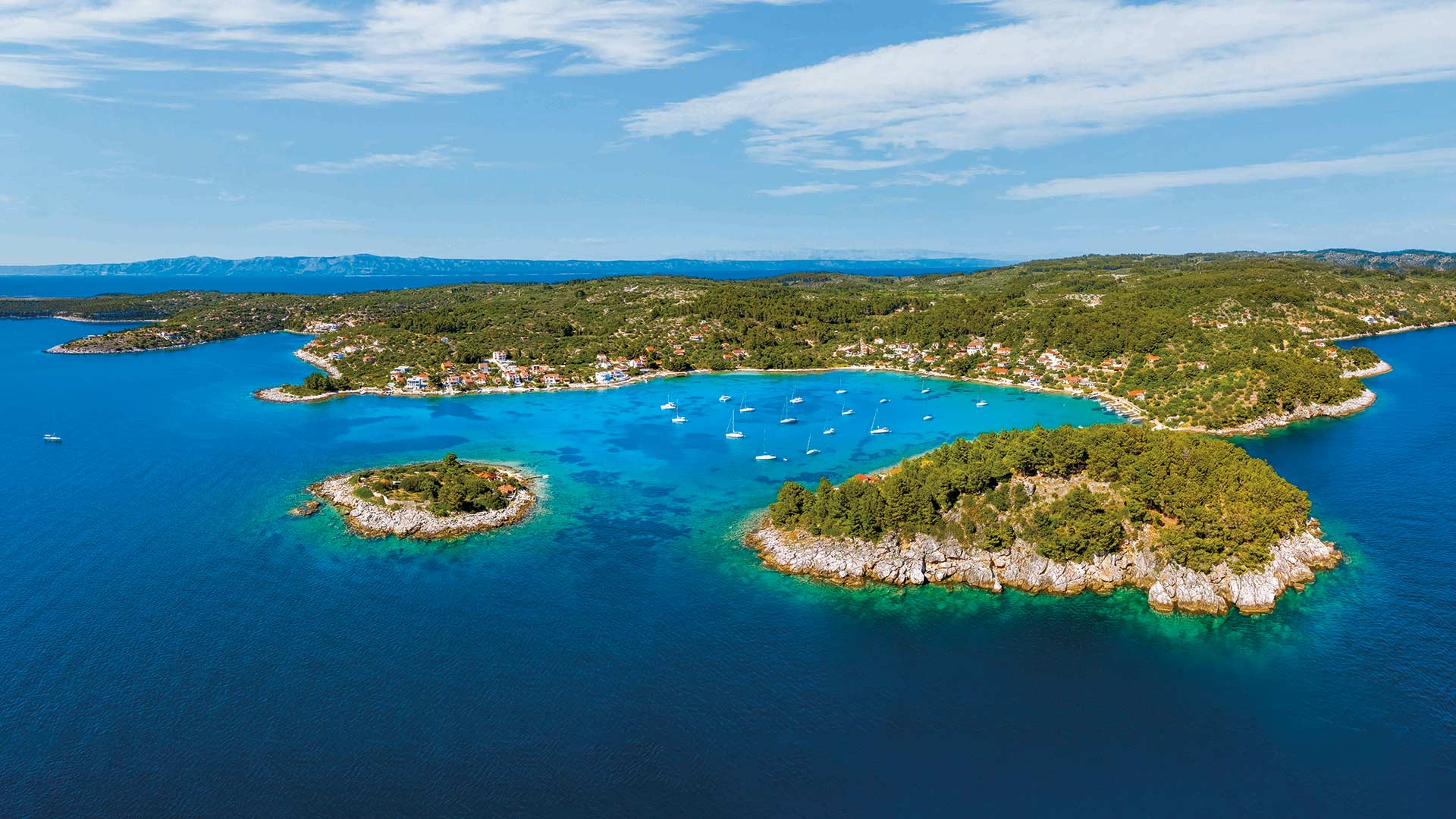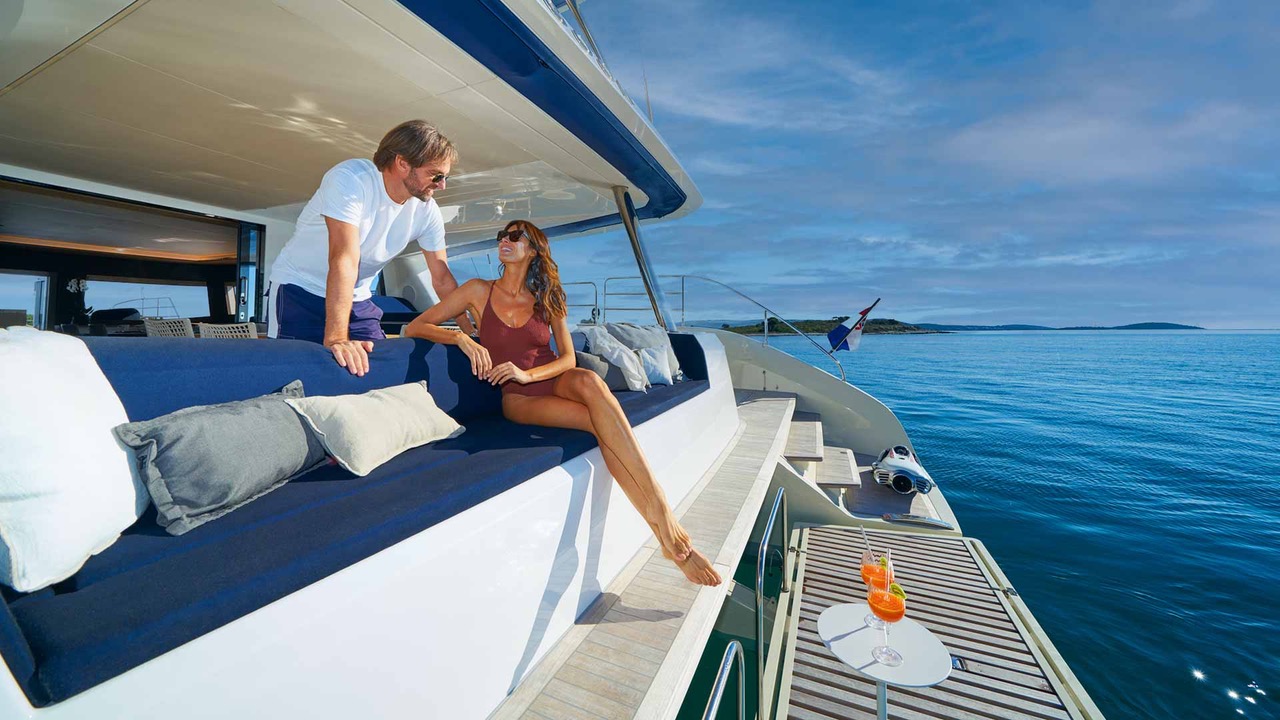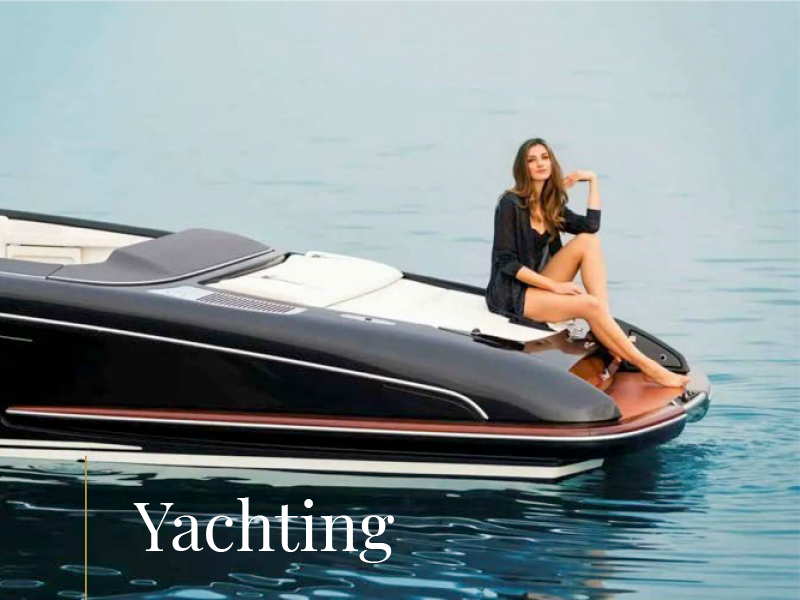Summer time and stable weather conditions call for a sailing suggestion – the Vis Archipelago, a genuine nature experience
Overwhelmed with enthusiasm we started our long awaited sailing tour. We decided to visit the open sea islands of the Vis Archipelago, Jabuka, Svetac and Brusnik, as a suggestion for a unique summer sailing itinerary.
Secret islands in Croatia
Namely, stable anticyclones in summer represent ideal meteorological conditions to be the guest of these authentic and wild islands as they are unapproachable under bad weather conditions. Unwelcoming traits and distance from frequent ports, adorn these pearls with special charm; their geological origin, biological diversity, intriguing history and ‘crazy’ shapes attracted us like magnets.
Jabuka: uninhabited volcanic island
This area is a rich source of natural monuments in Croatia. The first on our list was Jabuka, at dawn. Volcanic rock sticking out of the sea, mystically emerging behind the curtain of the morning mist; at first glance we knew we were at the right place. Shaped like an enormous shark fin, this stone pyramid offers a fascinating view, enriching us with a grand feeling of respect towards nature and even though we are accustomed to sea images, we were still uttering sighs of admiration. Maybe our affection for the sea and nature we carry in our souls has finally found peace here.
Having feasted our eyes on the island’s distinguishing peculiarities from all sides; we got off the boat on the north-east cape and strolled across the volcanic rock, atypical of this area. If you are an experienced free climber and you have appropriate climbing shoes, you have an option to conquer the Jabuka peak. Having consumed the first dose of morning magic, we headed towards Brusnik, another awe-inspiring volcanic rock. Despite 23 m of altitude, this ‘black’ island is visible only during clear weather and calm sea; scattered reefs surrounding the island make the sea-approach less hospitable.
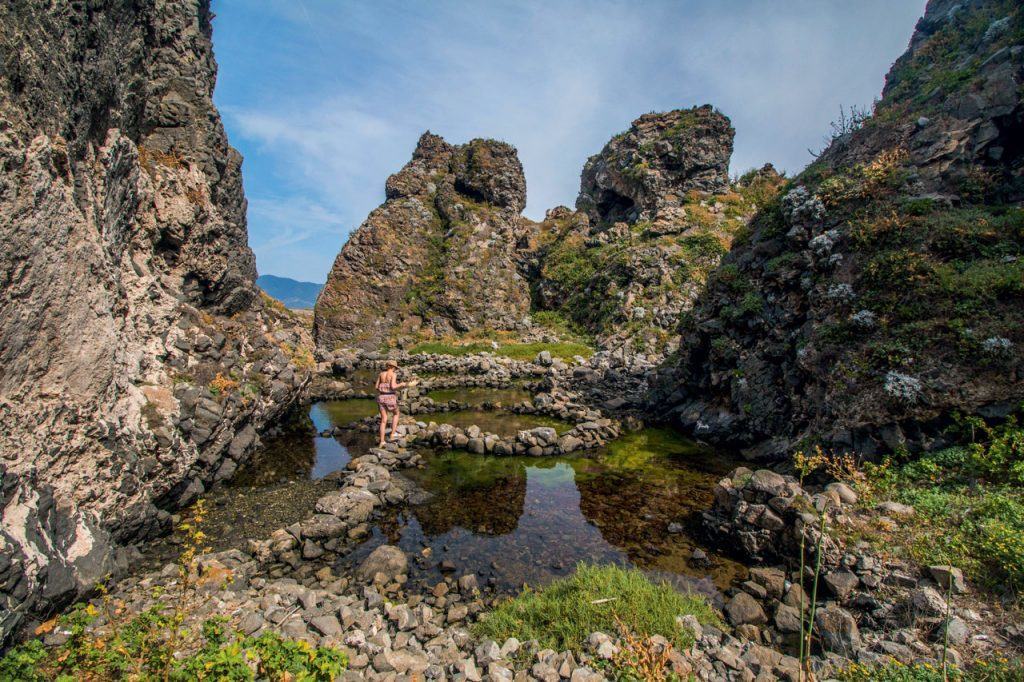
Brusnik: Out-of-this-world nature
We disembarked on a beach on the north-west side of the island and enjoyed a peculiar experience of the Dalmatian islands. Contrast of the sunshine, turquoise sea and black rocks make this island magical and mystical all at once – and magical it is – due to the high level of iron ore in the rocks that makes compasses go crazy in these waters. Brusnik island is 150 million years’ old, it is of volcanic origin and its geological foundation consists of congealed lava. Since the entire land and marine part of the island are made out of rifts and fissures, rain evaporates, resulting in poor vegetation.
Numerous submarine channels push the sea towards the island centre and thus emerge and create a ‘canyon’ with a network of stone pools. Fishermen from Komiža used to keep lobsters inside, until they drove these animals to the verge of extinction. Furious and harsh winds like ‘fortunal’, create raging seas which fill the ‘valley’ on the island with water, separating the islet in two rocks. The island does not offer an anchorage spot, due to underwater cliffs, yet with great caution, it is possible to anchor along the south-east coast or in front of the mentioned beach – the only beach on the island. It consists of grey pebbles of all sizes, with traces of huge stone piles that served the fishermen as strongholds to pull their boats out on the beach.
The sea hosts a cliff dividing the lagoon into the north part – flourishing with marine life – and the lifeless south part…an interesting phenomenon. The highest south point of Brusnik opens up a mesmerizing vista with seagulls crying over our heads and great cormorants performing their air stunts, it also served as a meeting point with the Brusnik black lizard! Ever since the ancient times it has been said that the forecast shall change when the lizards crawl between the rocks; the most experienced sea-dogs are well aware of the fact that it means one should lift up the anchor and sail far away…
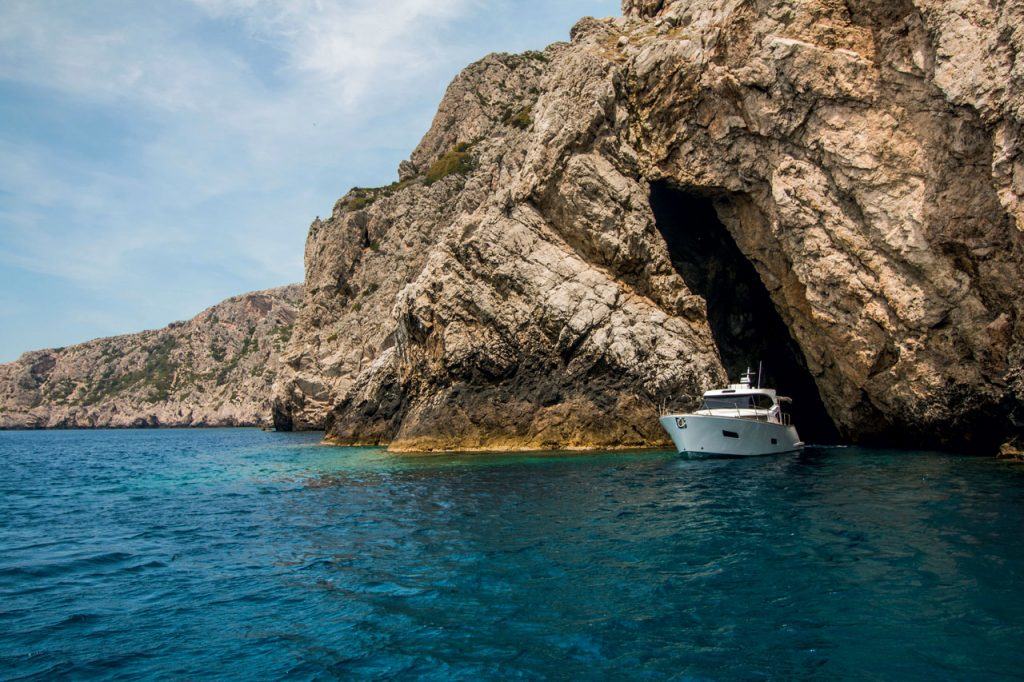
‘Cruel’ rocky shores of Svetac island
Nevertheless we stayed close and headed toward two miles distant Svetac, an island without a safe shelter. Fishermen say winds conquer the entire island full force even ‘rocks start flying’. The safest bay is Slatina Bay, or as the islanders call it – Mundonova Bay. It is 30 m deep, but instead of throwing the anchor, use two bollards set on two opposite sides of the bay securing the boat in all kinds of weather, except when strong south wind (‘jugo’) blows. The only port on the island – Pavlov bok, can be reached from Slatine by a dinghy. Islanders do not use anchors, nor ropes, but take the boats out on the dry land and thus head towards their villages and hamlets – Donje or Gornje kuće (‘Upper or Lower Houses’).
The Zanki family has been living on this island for 250 years and they are the sole owners of it. Sveti Andrija (St.Andrew) – Svetac (the Saint) has been inhabited since the prehistoric times; after the Illyrians and their queen Teuta – old Greeks, Romans, Benedictines dwelled there…The path towards the Teuta fortress, located on the far-east rocky part, is barely passable and hard to notice, yet the skilful ones shall find the goal after a 40-minute walk. The path leads towards 316 m high island peak with the remains of the Benedictine monastery, while the stroll along the vineyards bearing premium and distinguished red wines, enchants the view.
This is the island of Eleonora’s hawks and an island with nature as the sole and only master. So if you can cope with the true laws of nature, in summer time when the Zanki family opens their window shutters and breathes life into the island, make sure you explore it, feel it and breathe with it – the best holistic treatment you can find. The entire Svetac features wild nature and its harsh coastline is exposed to the sea and the wind. The north-west coast consists of steep cliffs of mesmerizing shapes and forms, and south-east – offers a few shallow areas and a bit milder slopes. While sailing around the island, beautiful red rocks adorn the north side of the coastline.
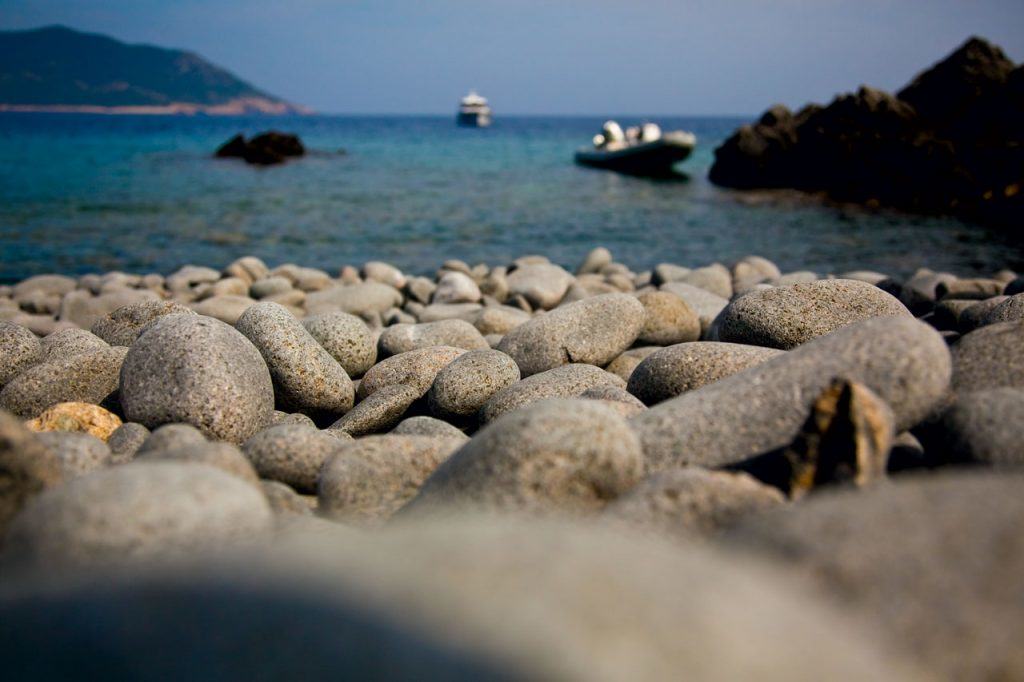
Near the east cape, Šijabod, a cave is situated, where up until recently monk seals used to rest. Sailing further west, all the way to the fascinating cliff Križice, the coastline looks more welcoming. Though spending a night there would be advisable on a better mooring site, so we chose the nearby Biševo, where we peeked into the Medvidova cave (The Bear’s Cave), which we find more intriguing than the Blue Cave. Biševo deserves at least one book dedicated to its natural beauties and historical facts, and we love it for its Spartan character blended with magical landscaping attributes.
The best port on Biševo is Porat. In the past this used to be the central island port, so the small village just above the beach wears the same name. The port of Biševo – the dream lagoon – even though narrow, features crystal clear sea, sandy beach, pine trees, two local fish restaurants and a tiny cave of love at the exit. Throw anchor in the middle of the lagoon or tie your boat to any of the buoys, but on the first sign of tempest be ready to sail away… Visiting the Vis Archipelago during bad weather is impossible, yet when the city-asphalt starts to melt, and the sea is calm and safe, with a dash of adventurous spirit, you will definitely enrich your summer sailing experience.
